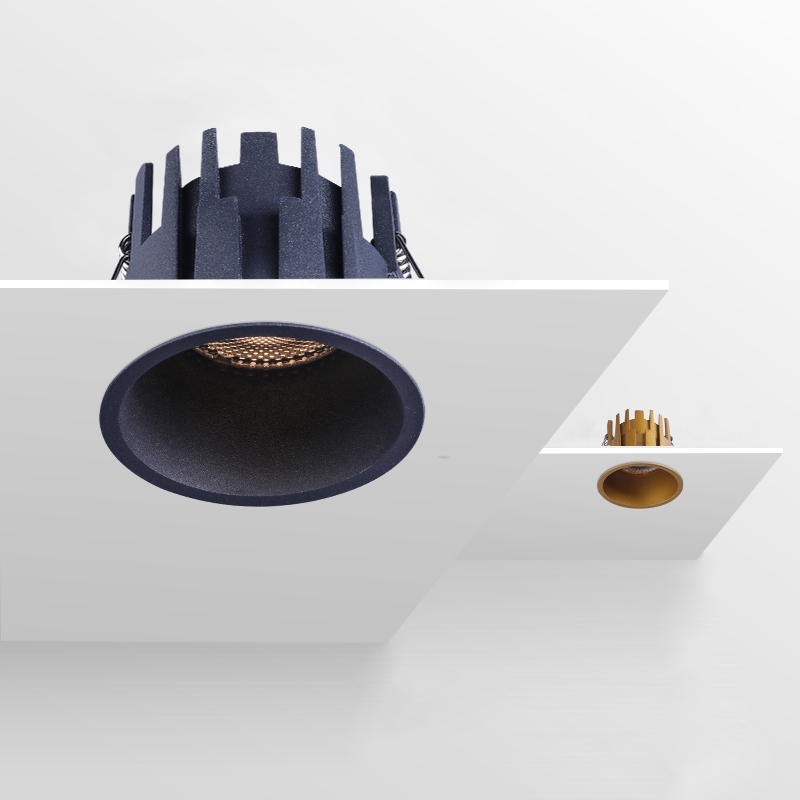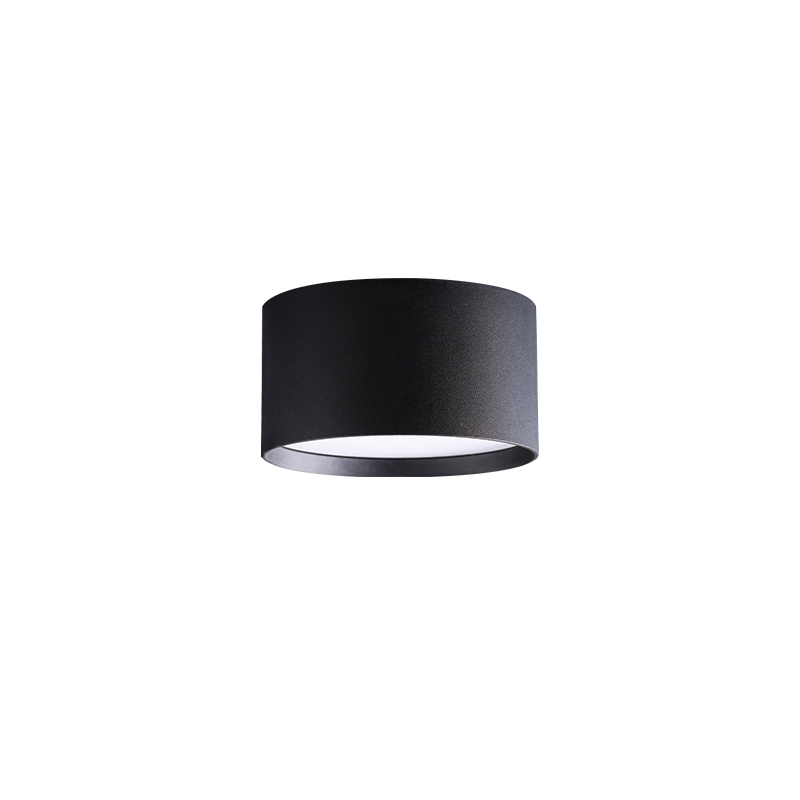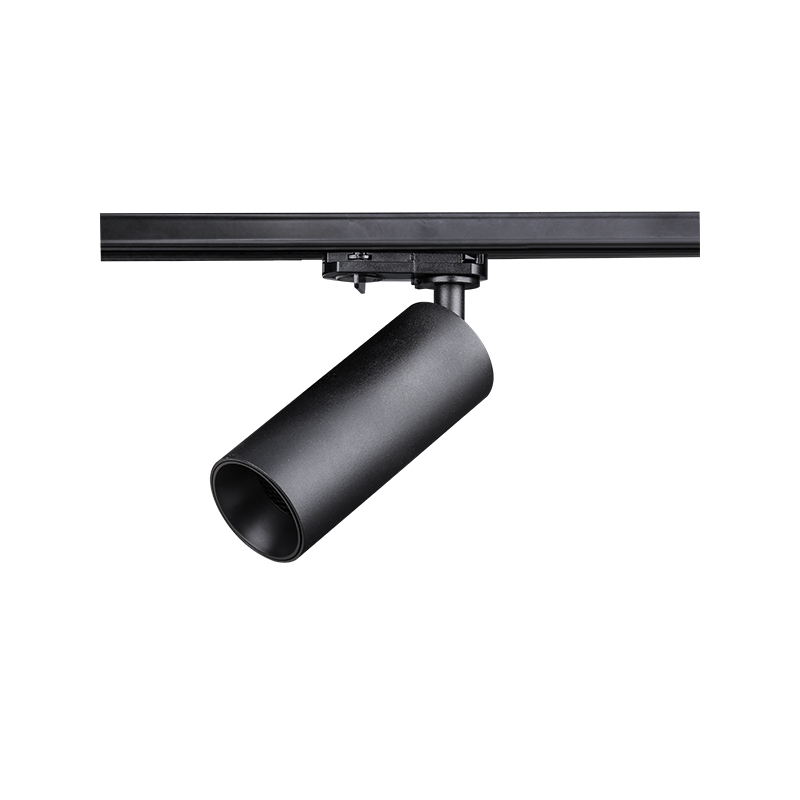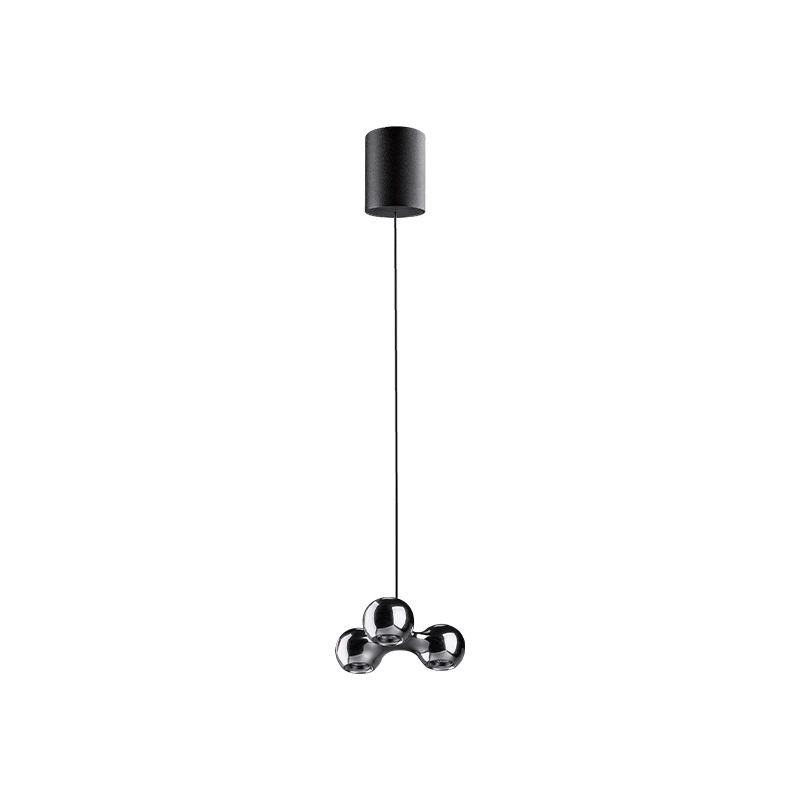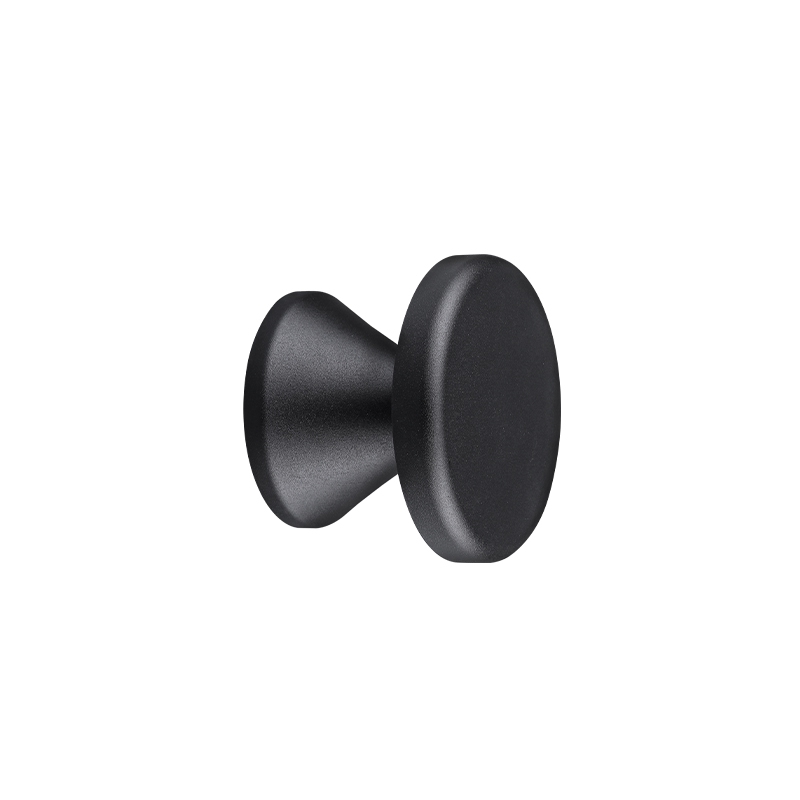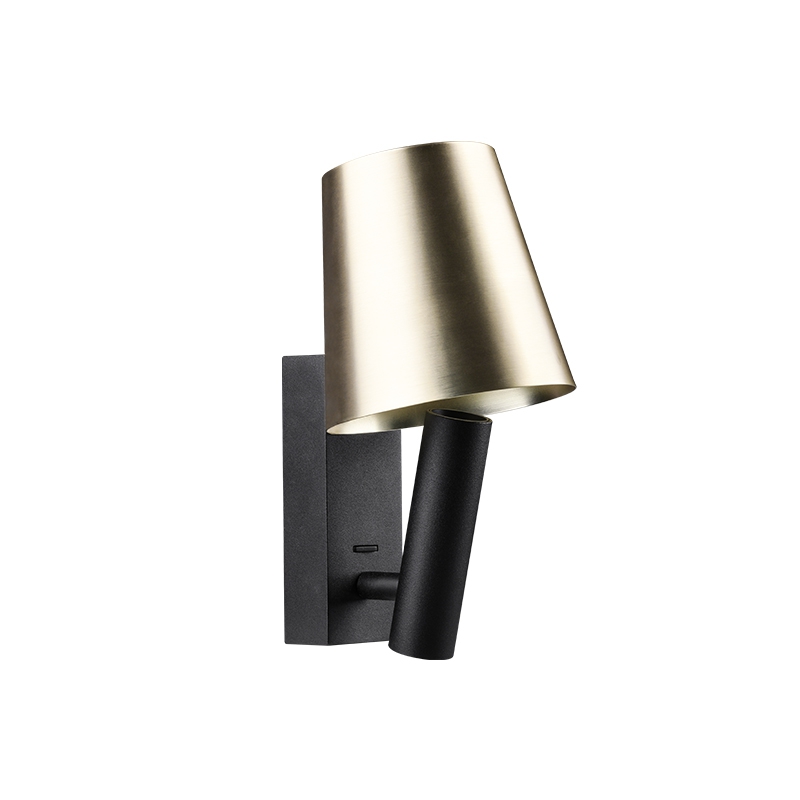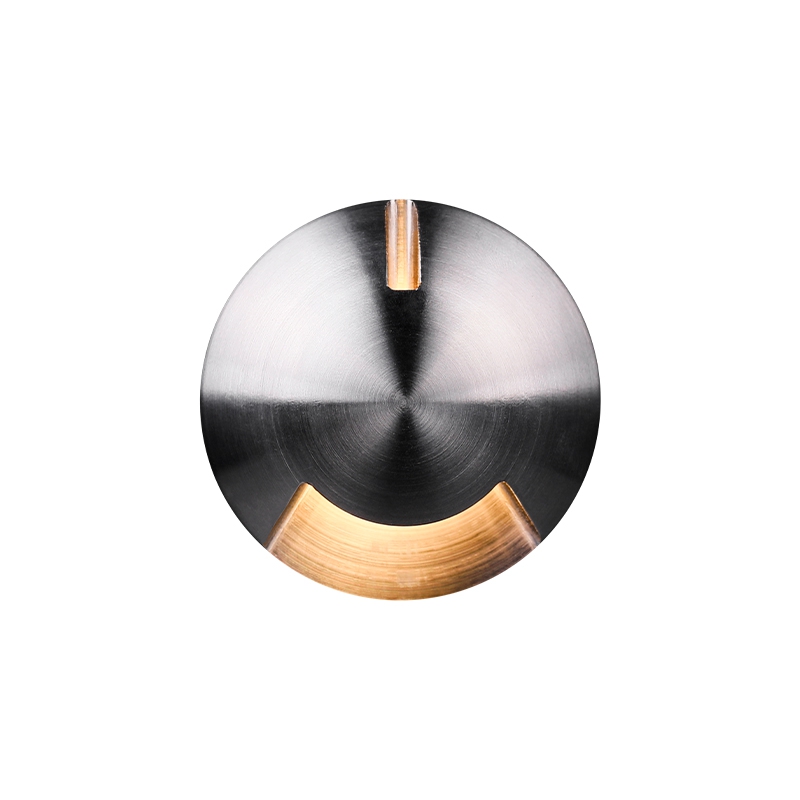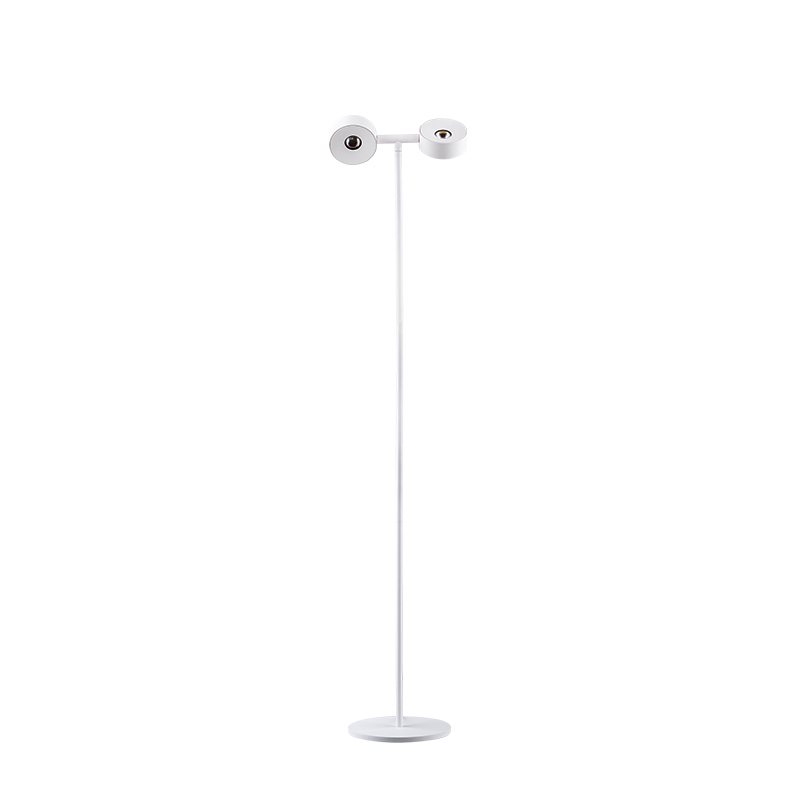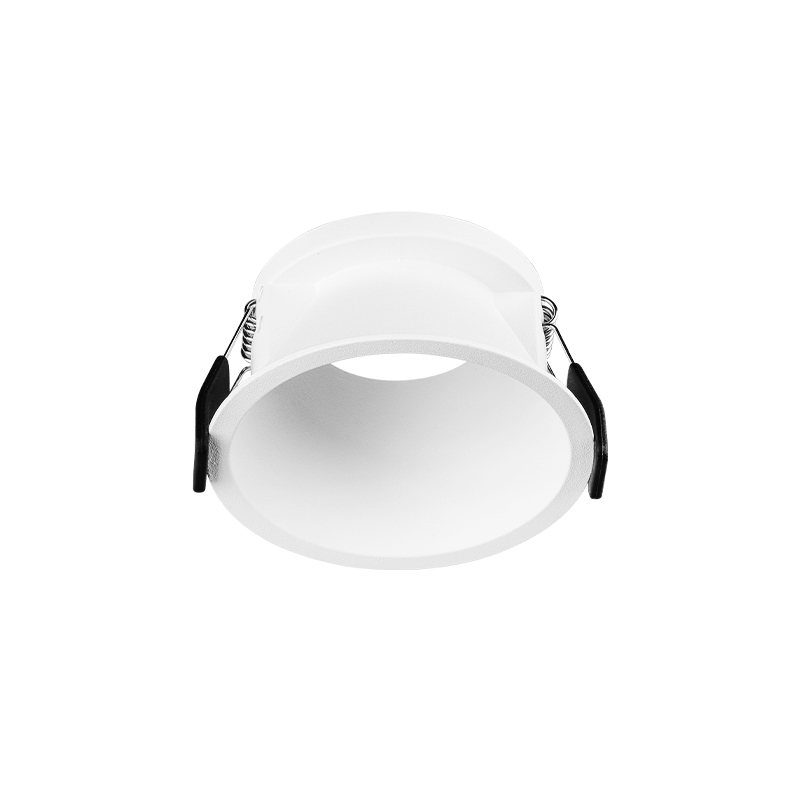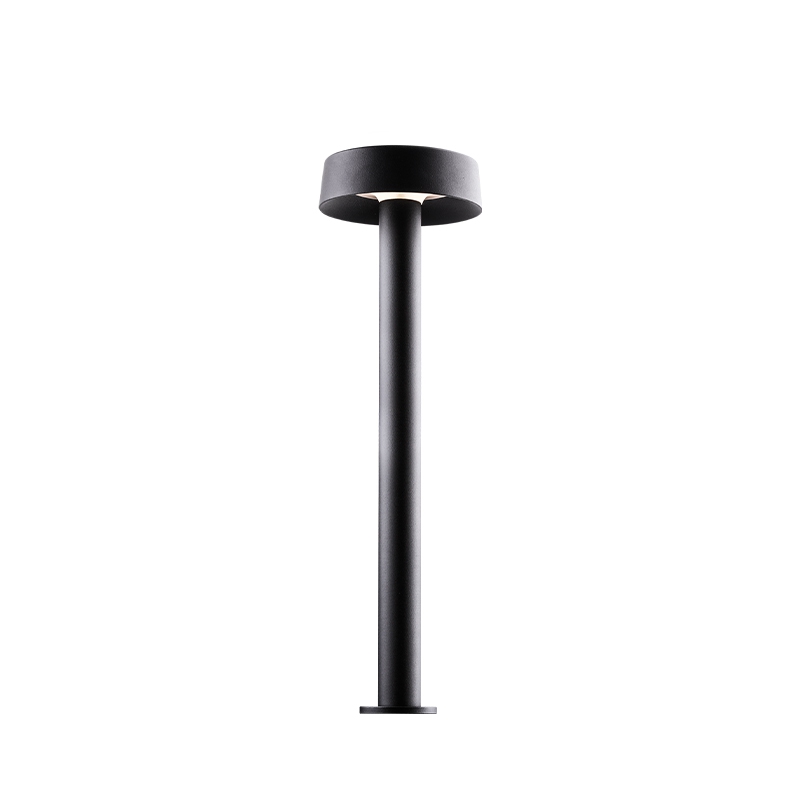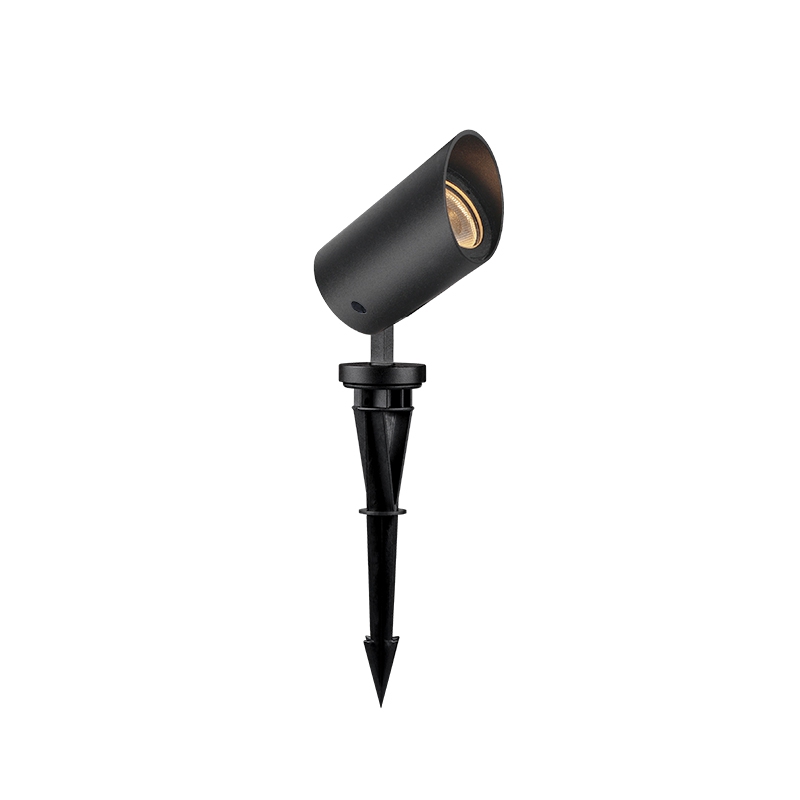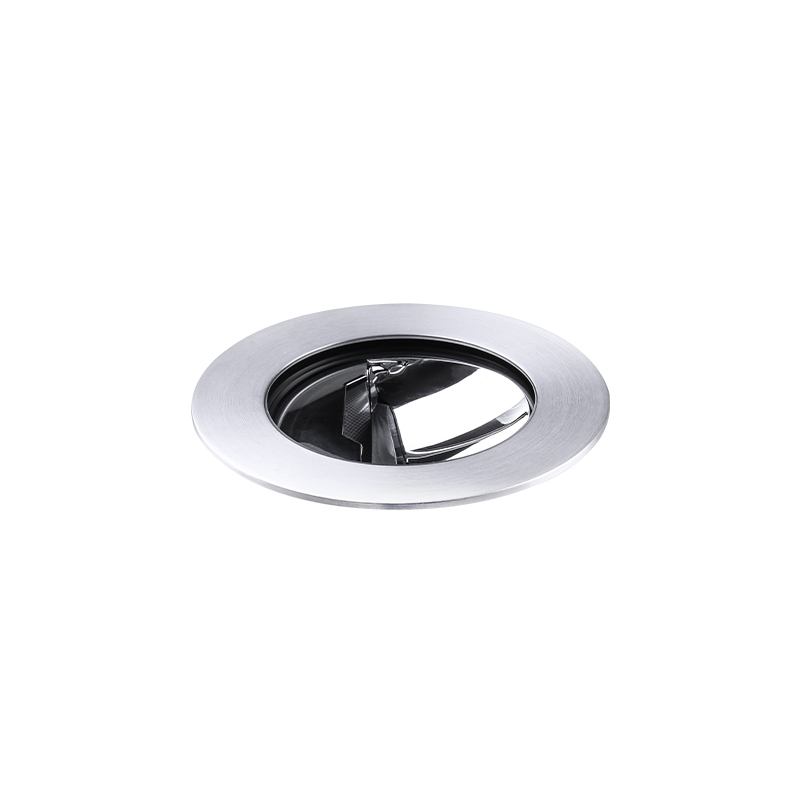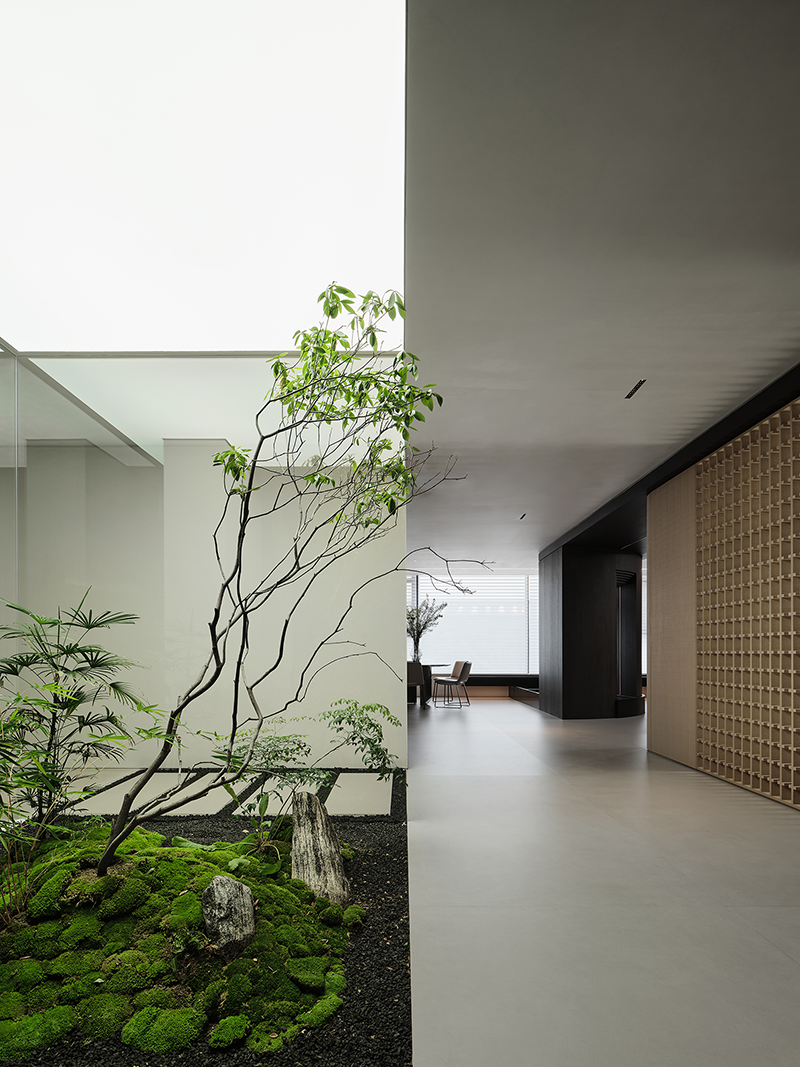
In recent years, the trend in home decoration design has shifted towards the use of non-central lighting designs. This design concept utilizes a variety of different light sources, such as downlights, spotlights, light strips, and linear lights, to create highly personalized spaces. These diverse light sources not only delineate distinct zones within a room but also enhance the depth and layering of light and shadow throughout the house. Through the combination of various light sources, indoor scenes become more varied and dynamic.
A good home lighting source should possess qualities such as being flicker-free, glare-resistant, and having high color rendering capabilities. For an exceptional spotlight, the shape of its light spot plays an indispensable role in showcasing the illuminated objects. So, what characteristics define an outstanding spotlight light spot?
I. What Is a Light Spot?

A spotlight light spot refers to the shape of light and shadow projected by a spotlight onto a flat surface. It serves as one of the criteria for evaluating the quality of light emitted by a lighting fixture. A high-quality light spot can significantly enhance the visual texture of objects, making them appear more three-dimensional and illuminated naturally from the periphery.
II. Common Problematic Light Spots

Common problematic light spots include secondary light spots, yellow patches, double images, chromatic aberration, blurred light spots, and glare. These issues may arise from factors such as the shape and material of the lighting fixture or lens, as well as the brightness and color temperature of the light source. When designing and using light sources and fixtures, it is crucial to consider these factors to minimize problematic light spots. Additionally, appropriate measures can be taken to repair or improve existing problematic light spots.
1. Secondary Light Spot
Secondary light spots are among the most common problematic light spots, often resulting from design or manufacturing flaws in the light source or lens, or from wear and tear and contamination during use. The appearance of secondary light spots can intensify light intensity in certain areas, leading to uneven illumination, which affects visual comfort and the overall quality of the product.
However, does the presence of a secondary light spot necessarily mean it cannot be used? Of course not; it depends on the application. If the illumination distance is relatively long, the interference from secondary light spots may be minimal, and the impact may not be significant.

2. "Donut"-Style Light Spot Stratification and Dark Shadows

3. Fishnet Patterns After Adding a Honeycomb Grid

4. Typical Yellow Patches

III. Characteristics of a Good Light Spot

High-quality spotlights feature uniformly distributed light from their reflectors, resulting in naturally comfortable light spots. The intensity of the light gradually fades outward, with the peripheral light naturally diffusing, providing clear illumination without stray shadows or black patches.
Conversely, reflectors with uneven light distribution have low light efficiency utilization, producing light spots with "black patch dark areas," harsh halos, dazzling effects, and accompanied by stray shadows and ghosting.
Therefore, a good light spot should possess the following characteristics:
Avoid tire-like marks at the edges of the light spot.
No yellow patches should appear in the center or edges.
The shape of the light spot should be regular and aesthetically pleasing.
The transition from the center to the edges of the light spot should be natural.
IV. How to Judge the Quality of a Light Spot

The following methods are applicable to spotlights with conventional beam angles of 10°, 15°, 24°, and 36°.
Observe the light spot effects in both the "vertical illumination" and "side lighting" directions.
Evaluate the light spot in a dark room or a space with low brightness, or against a white wall.
Vertical Illumination by Lighting Fixture:
Align the light-emitting surface of the fixture parallel to the wall, at a distance of approximately 500mm to 1000mm from the wall. If the light spot color is uniform without colored patches, the light shape is regular and aesthetically pleasing, the halo transition is natural, the main light spot has uniform illuminance (within the 50%-100% range), and the secondary light spot fades smoothly (within the 1%-50% range), then it indicates a high-quality spotlight light spot; otherwise, it is of inferior quality.


Side Lighting by Lighting Fixture:
Position the light-emitting surface of the fixture perpendicular to the wall, with the main optical axis at a distance of 200mm to 350mm from the wall, and rotate the lamp head within the range of 0° to 25°. If the light spot color is uniform without colored patches, the halo transition is natural, and there is minimal edge stratification (the fewer, the better), then it also indicates a high-quality light spot; otherwise, it is of inferior quality.


Spotlight light spots play a pivotal role in lighting design. Understanding and mastering their intricacies will help us create more comfortable, aesthetically pleasing, and layered lighting effects. Let us explore the infinite possibilities of spotlight light spots together and inject new vitality and charm into home lighting.

ALPHALUCE, a renowned Italian commercial lighting brand born in Florence, the birthplace of the Renaissance, is committed to providing one-stop, integrated lighting solutions for global star-rated hotels, high-end residences, commercial offices, dining establishments, shops, and exhibitions, meeting customers' complete needs for various lighting product types in commercial spaces.
Meanwhile, ALPHALUCE adheres to a global development path and a diversified product strategy. Not only does it boast a comprehensive product line, but it also has a well-established process system for the highly specialized field of commercial lighting, covering lighting solution design, product development and production, lighting product installation, and rapid-response after-sales service, to meet customers' needs at every stage.
After a decade of development and accumulation, ALPHALUCE has earned the trust and recognition of global customers with its innovative外观设计 (which can be translated as "design" or "aesthetic design" for better English flow: innovative aesthetic design), professional product light effects, and exceptional product quality, forging strategic partnerships with internationally renowned brands.
In the future, ALPHALUCE will closely integrate minimalist lighting aesthetics with innovative product design, continuously striving for excellence, keeping pace with the times, adapting to market and customer demand changes, ensuring our products remain at the forefront of the industry, and bringing more surprises to global customers.

